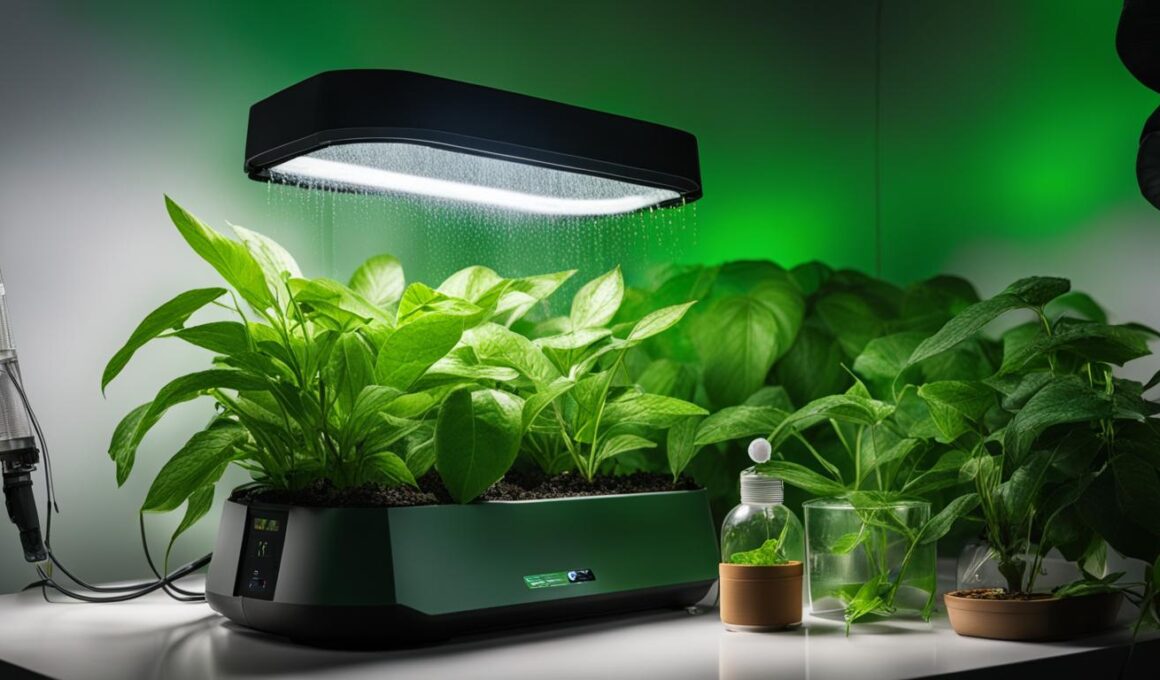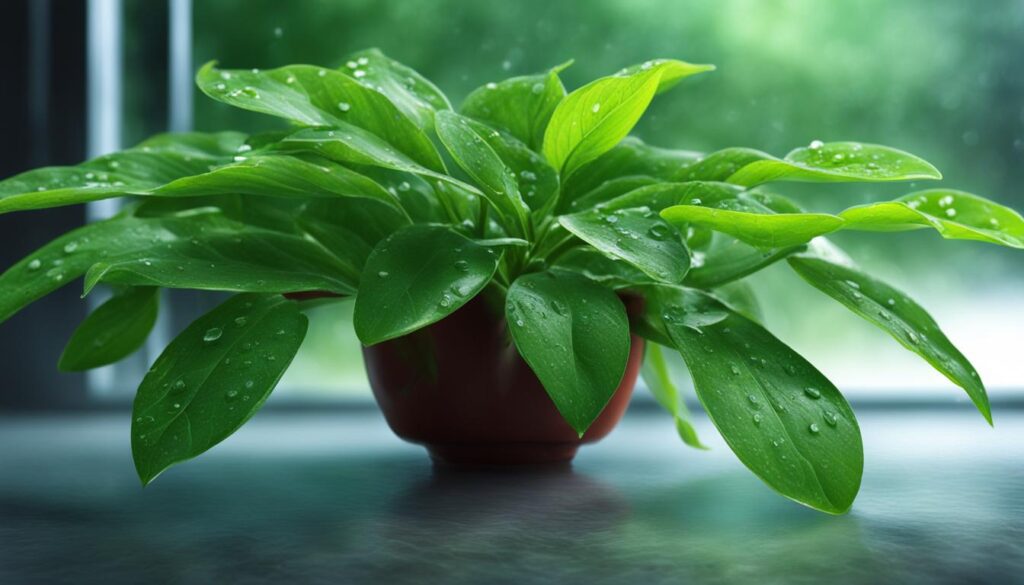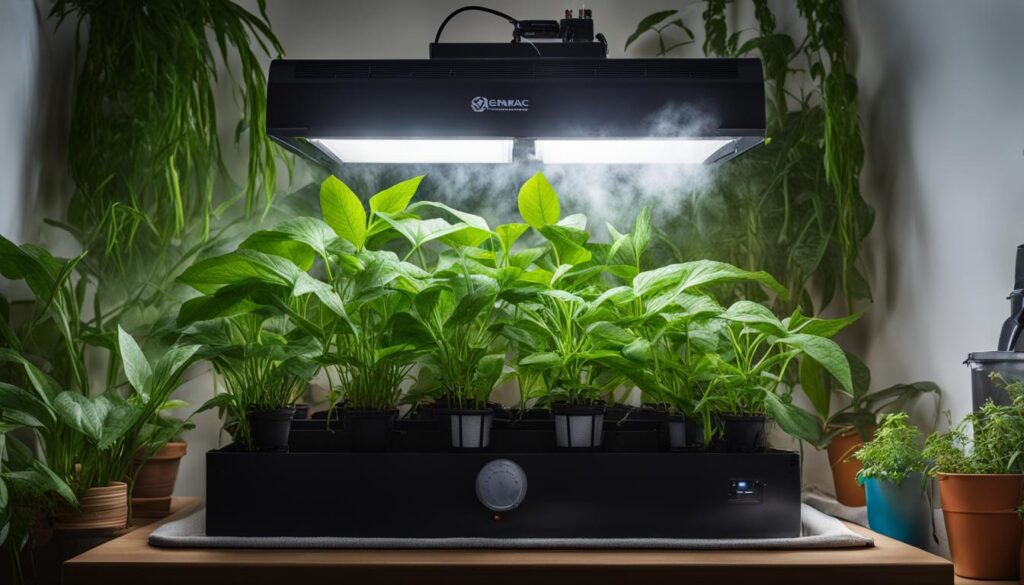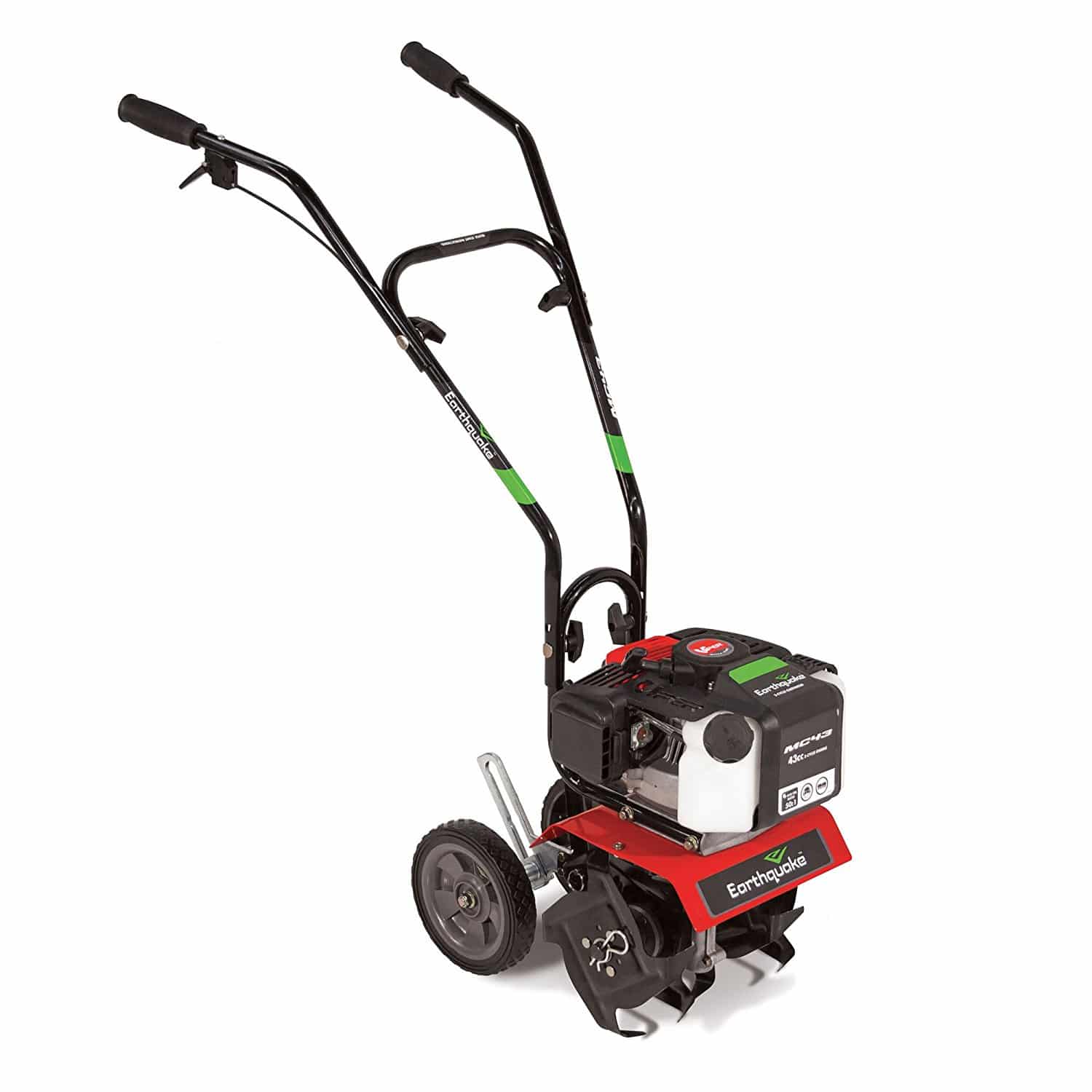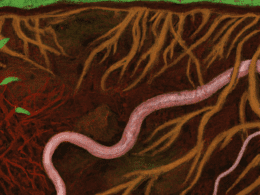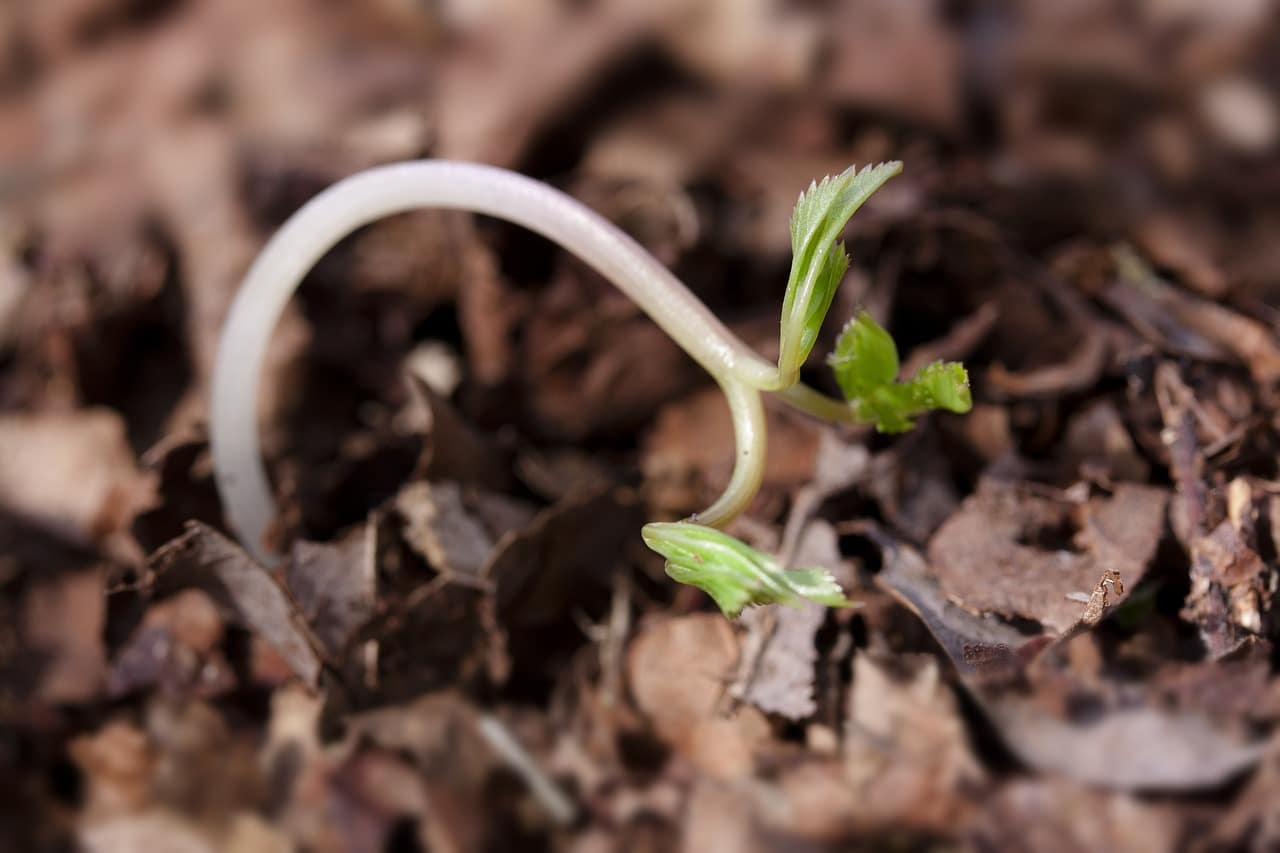Creating an optimal grow tent environment is essential for the healthy growth of your plants. One crucial factor that’s often overlooked is humidity control. Maintaining the right balance between 45% to 75% relative humidity (RH) inside your grow tent can significantly impact your plants’ health. When humidity levels fall below 40% RH, issues like wilting, slower growth, and nutrient loss can arise, particularly during sensitive growth stages like seedlings or cutting periods. Fortunately, with a few helpful tips such as utilizing water containers and adjusting your environment, you can increase humidity grow tent levels and keep your plants thriving. Monitoring your tent’s RH is also made simpler with the use of a digital hygrometer grow tent tool, which allows for precise humidity control and adjustments.
Key Takeaways
- Maintaining optimal humidity levels between 45% to 75% RH is essential for healthy plant growth
- Low humidity can lead to wilting, slower growth, nutrient loss, and ultimately plant death
- Simple techniques such as adding water containers or misting can help increase humidity levels in grow tents
- Utilize a digital hygrometer to monitor and adjust humidity levels for precise humidity control indoor growing
- Understanding the humidity requirements for different plant growth stages ensures a successful indoor gardening experience
The Importance of Humidity for Healthy Plant Growth
Maintaining correct humidity levels for plants is imperative for fostering their healthy growth, affecting their rate of plant transpiration and nutrient absorption. However, optimal relative humidity will vary depending on the growth stage. Therefore, understanding and adjusting the humidity levels for different plant life stages can significantly enhance both growth and the eventual yield of a crop. This section will delve into the importance of moisture, humidity stress in plants, and their impact on plant development.
The general range for optimal relative humidity lies between 45% and 75% RH. When humidity levels fall below 40% RH, plants struggle to conserve water and nutrients, leading to stunted growth and reduced yields. Furthermore, this humidity stress in plants inhibits proper development and increases the risk of infestation issues, such as mildew.
To ensure healthy plant growth, adjusting humidity levels according to the specific life stage is crucial. The table below outlines the different stages of plant growth and their respective optimal humidity levels:
| Plant Growth Stage | Optimal Relative Humidity |
|---|---|
| Seedlings | 70% – 75% |
| Vegetative | 55% – 70% |
| Flowering | 45% – 55% |
By adhering to these recommendations, you can create an optimal environment that encourages plant transpiration, ensures sufficient nutrient absorption, and promotes overall healthy growth. It is important to regularly monitor the humidity levels in your grow tent, making necessary adjustments as your plants progress through their life cycle. Numerous factors, including temperature and ventilation, can affect humidity levels. Consequently, staying vigilant and maintaining a proper balance will significantly contribute to the success of your indoor growing endeavors.
Manual Techniques for Elevating Humidity Levels
Increasing humidity inside your grow tent is essential for healthy plant development. There are several manual techniques that can be used to elevate humidity levels without relying on expensive equipment. In this section, we will explore some of the simple yet effective approaches to enhance humidity levels in your grow tent.
Utilizing Water Containers for Passive Humidity Enhancement
Using water containers for humidity within the grow space is a simple and cost-effective method to introduce passive humidity. By placing open containers, such as buckets or bowls, filled with water in your grow tent, you can increase humidity through the process of evaporating water. Position these containers near the plants to ensure that the moisture directly benefits them. However, keep in mind that you need to regularly refill the containers to maintain the desired humidity levels.
Increasing Plant Density to Boost Transpiration
If you want to create a more plant density humidity environment, consider adding more plants to your grow tent. Additional plants can contribute to generating humidity through a natural process called transpiration. As plants release water vapor into the air, humidity levels inside the grow tent increase. To maximize this effect, strategically place mature plants with larger leaves and more stomata alongside younger ones, thereby amplifying the humidity through transpiration.
Strategic Use of Wet Towels and Sponges
Another easy and affordable method to increase grow tent humidity is by using wet towels or sponges. Place them around the grow tent, ensuring they do not come in contact with heat sources. This evaporative humidity method allows the moisture from the towels and sponges to evaporate into the air, thereby providing a humidity boost for your plants. To maintain the desired humidity levels, regularly re-wet the towels and sponges to prevent drying out.
In conclusion, improving the humidity in your grow tent does not always require investing in expensive equipment. By utilizing these manual techniques, such as introducing open water containers, increasing plant density, and strategically placing wet towels or sponges, you can effectively elevate humidity levels to create the optimal environment for your plants to thrive.
Equipment Solutions: Humidifiers and Their Strategic Placement
For a more controlled method of increasing humidity within your grow tent, incorporating grow tent humidifiers is an efficient approach. By selecting a humidifier suited to your grow tent’s size and stage of plant growth, you can attain optimal conditions for your plants. However, it’s crucial to mind the optimal humidifier placement to prevent over-saturation and mildew growth by ensuring it’s not too close to the plants.
Various factors contribute to deciding on an appropriate humidifier for your grow tent:
- Size of the grow tent
- Number of plants within the tent
- Variety of plants being grown
- Individual plant humidity requirements
Once you have determined the ideal humidifier for your grow tent, consider the following guidelines for grow tent humidity control:
Humidifier Placement
Never place the humidifier directly under grow lights or close to heat sources, as the heat may cause excess evaporation leading to an imbalanced environment. Instead, place the humidifier in a cooler area of the grow tent for optimal performance.
Direct Humidity Away From Plants
Avoid directly misting your plants, as this can lead to a build-up of moisture on leaves and potential mildew or mold growth. Instead, direct the output of the humidifier towards the general airspace in the grow tent, allowing humidity to spread evenly.
Balance Humidity Levels with Equipment
Keep a close eye on humidity levels with equipment such as digital hygrometers or built-in humidity sensors. By monitoring and adjusting humidity levels as needed, you can maintain a consistent and optimal environment for plant growth.
Regular Maintenance
Regular cleaning and maintenance of your humidifier are vital in ensuring its efficiency and longevity. Verify that the water reservoir is clean, and replace any filters as needed in accordance with the manufacturer’s recommendations.
Utilizing humidifiers in conjunction with mindful placement choices enables you to effectively regulate the humidity in your grow tent, providing an ideal environment for your plants to flourish.
Regulating Temperature and Airflow to Maintain Ideal Humidity
To successfully maintain optimal humidity levels in your grow tent, it’s crucial to manage the temperature and airflow efficiently. Being mindful of these factors helps in preventing excessive dryness and the escape of humid air, ensuring an ideal environment for your plants’ growth.
Adjusting Grow Tent Ventilation for Humidity Control
Properly controlling the ventilation in your grow tent is essential for humidity regulation. Implementing strategies such as reducing fan speed or repositioning vents can help in retaining moisture and preventing the loss of essential humid air. These adjustments should be tailored to various plant growth phases to optimize humidity retention without compromising plant health.
| Growth Stage | Fan Speed | Ventilation Adjustment |
|---|---|---|
| Seedlings/Cuttings | Low | Close some vents for higher humidity |
| Vegetative | Medium | Open vents for adequate airflow |
| Flowering | High | Fully open vents for optimal air circulation |
Balance Heat Sources to Prevent Excessive Dryness
Reducing the temperature in your grow tent can effectively help in raising humidity levels since high heat typically leads to moisture loss. Removing excess heat sources, such as grow lights, or adjusting the thermostat can contribute to preserving optimal humidity levels. This balance between heat and humidity is crucial to avoid over-drying the air and stressing your plants in the grow tent.
- Use LED lights that produce less heat compared to other grow lights.
- Position lights higher to minimize their direct heat to plants.
- Monitor thermostat settings and tweak accordingly to maintain ideal temperatures for humidity.
Can the Methods for Watering Succulents Without Drainage also Increase Humidity in a Grow Tent?
Yes, watering succulents without drainage can inadvertently increase humidity in a grow tent. When excess water has no way to drain, it can evaporate and contribute to higher humidity levels. This can create a less than ideal environment for succulents, which prefer low humidity.
Conclusion
Successful indoor growing relies on maintaining optimal humidity levels in your grow tent, tailored to your plants’ specific needs throughout their various life stages. Monitoring these levels with tools such as digital hygrometers enables you to make adjustments to create the perfect environment for your plants to flourish.
Utilizing manual methods, such as water containers or wet towels, in conjunction with equipment like humidifiers, can ensure a balanced humidity for your grow tent. It’s essential to regulate temperature and airflow accordingly to preserve these conditions and avoid undue stress on your plants.
By understanding and employing these grow tent humidity tips, you can create the ideal climate for your plants to thrive and yield bountiful harvests, ensuring success in your indoor growing endeavors.





